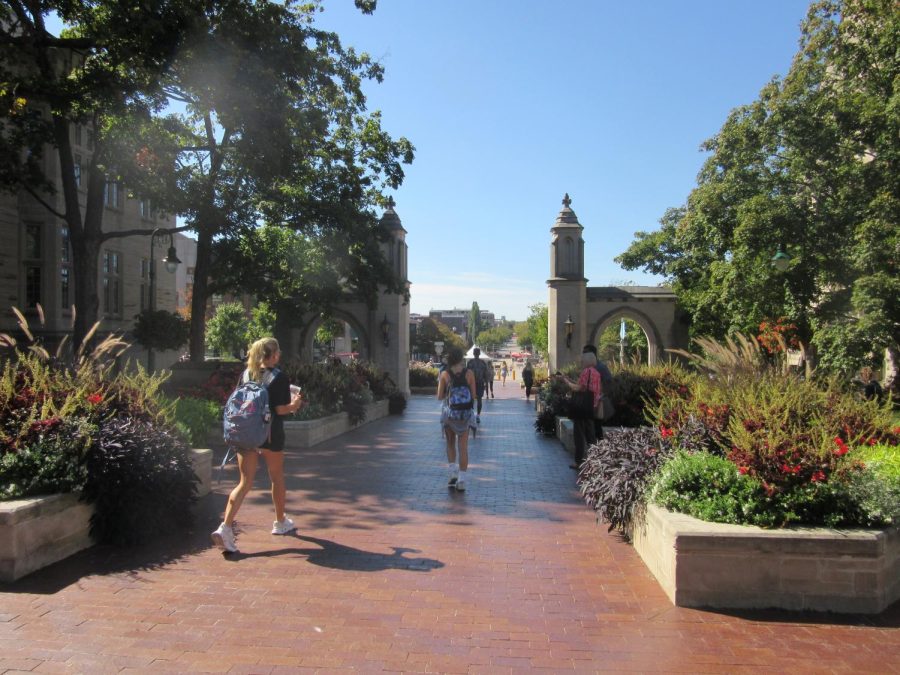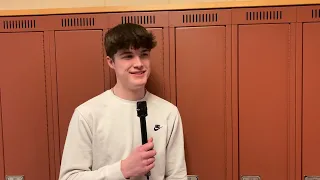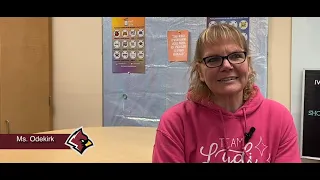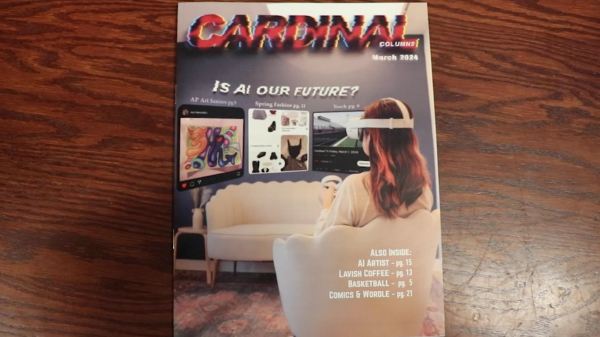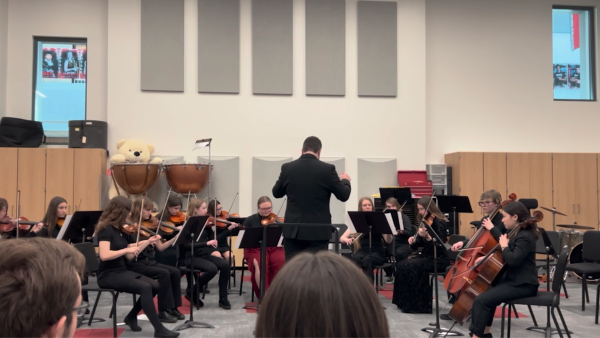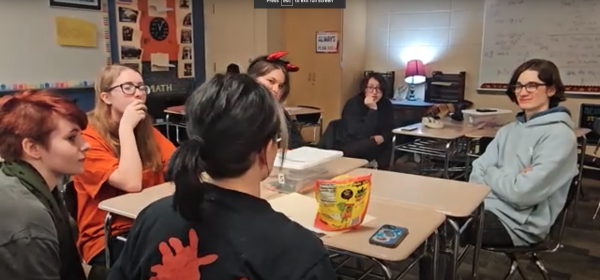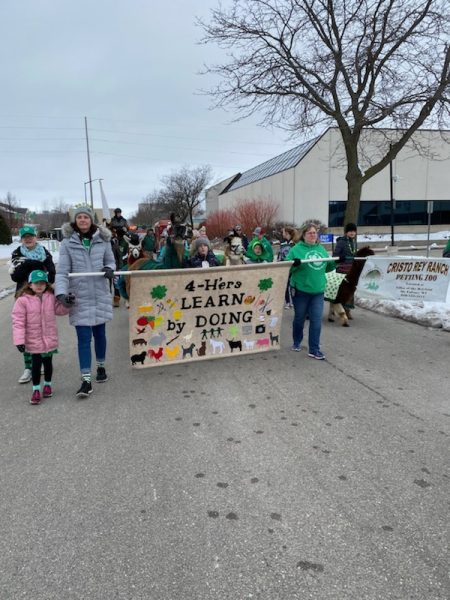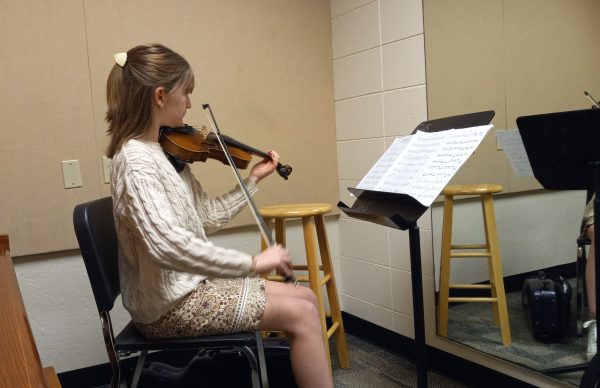In-Person College Visiting
An Essential For The Aspiring College Student
Arches on Indiana University Bloomington’s Campus
It’s five in the morning on a Thursday when I first set foot on Indiana University Bloomington’s campus. I’m so tired that I can barely see straight, but I still peer around trying to get the measure of the place as my father and I check into the Bibble Hotel, the onsite accommodations for visitors to the college. A few (too short) hours later, I wake up—it’s time for the tour, which consists of two parts. The first is a presentation of sorts, complete with slickly produced videos and slideshow, followed by time for questions. Then, it’s time for the tour—an hour and a half spent following the student tour guide around the rambling stone paths that twist around the Bloomington campus. When the tour concludes, I wait as the other would-be students and their parents disperse. I have questions for the tour guide, which he’s kind enough to answer for me. My first impression of the campus is that it’s large, much more so than I’m used to. My mother has been a college librarian for her entire career, but always at smaller campuses. I feel dwarfed by the massive scale of Bloomington and quickly become lost trying to navigate around the campus. And this, here, is why I was visiting in the first place—to find out everything you can’t learn from stage managed online tours. Because I visited, I learned that I prefer smaller colleges, and that this one, which looks perfectly acceptable to my college-selection criteria on paper, probably isn’t for me.
Every year, millions of seniors travel from their homes to visit colleges. Some only visit a few, some dozens. Some stick close to home, while others peruse colleges on opposite coasts and even in foreign countries. But wherever they visit, they all have one purpose in common: trying to determine if a college they’re thinking of applying to (or already have) is for them. This year, the process is more complicated than ever, as the COVID-19 pandemic continues to wreak havoc on the United States. Travel plans are riskier, and complicated by local policies restricting travel and changing-by-the-hour COVID-19 prevention rules.
I definitely feel that going to a college really opened students’ eyes to, you know, to what a college can offer. Beyond just the academics.
— Micky Burns-Johnson
Some families, exasperated by the added complications that make an already fraught college search more difficult, have given up on visiting colleges in person altogether. Others have learned to navigate the constantly shifting sea of protocols in their dedication to following through on in-person visits to campuses. Frustratingly, they face significant challenges, the most basic of which boils down to something that would not have even been in question this time two years ago—is the college even open to visitors? Even for those that are, visiting can pose difficulties.
However, despite this, some parents still make an effort to make sure that their children have the college visiting experience. Why do they bother, when it has recently been made so much more difficult? Micky Burns-Johnson, a school counselor at Fond du Lac High School, may have an explanation. She says that visiting colleges in person “not only allows you to meet face to face with admissions reps, but you can walk and be part of the college experience for a day or a half a day where you can walk through the dining hall, you can tour.”
She went on to note that visiting various colleges can help students decide if they prefer urban colleges, or colleges that are more in the country, as well as simply familiarize themself with the college in question’s environment.
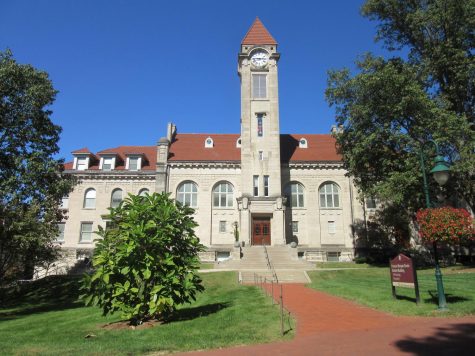
“It kind of depends on the student’s preferences as to what they find most important… [if] you know if you’re going far away, it’s a great idea to definitely get on campus because it’s not like you’re a drive, you know, an afternoon drive home.” Ms. Burns-Johnson stressed that distance from home can complicate life for some students, such as visiting their families, while others find vast distances from home manageable.
As she says, “It just depends.”
Personal preference on a variety of factors contribute to where a student ultimately chooses to go to college. “I don’t think it was so much the academics, it’s just the personal feel.” Ms. Burns-Johnson said. Students may decide to go to a larger university in a big city because they want the urban setting and all the benefits that the larger student population offers, or somewhere smaller that feels more quiet and family-like, as Ms. Burns-Johnson noted, using the University of Wisconsin Milwaukee and St. Norbert respectively as examples. “I definitely feel that going to a college really opened students’ eyes to, you know, to what a college can offer. Beyond just the academics.”
And as Ms. Burns-Johnson stressed during our interview, school counselors like her are there to help students through the tricky process of the college search, including college visits. With access to a wide range of resources and contacts, enlisting their help is an important step toward getting information about colleges and other essentials like financial aid. I agree with Ms. Burns-Johnson; “come talk to your counselor” is good advice. They’re here to help, and are themselves an excellent resource for the aspiring college student.


